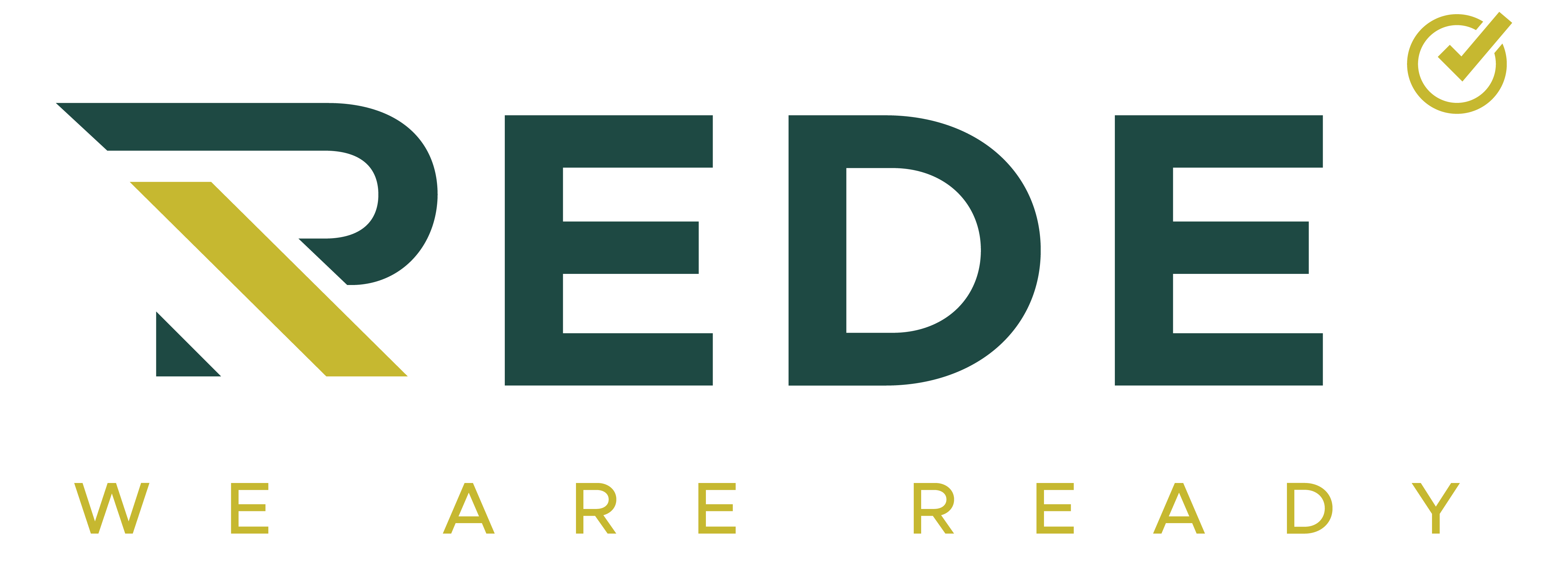In this article, we will explains the essence and importance of asset management, clarifies how a company can benefit from an asset management solution, and presents popular asset management software. If you are looking for a proper solution to track and manage your assets, Werede can offer its asset management consulting services and become your reliable partner.
Asset management: the essence
Asset management is a process of tracking, organizing, and maintaining a company’s assets. It covers numerous types of assets, both tangible and intangible, depending on business type and scope. Asset management can be roughly categorized as follows:
- IT asset management (ITAM) involves hardware (e.g., company-owned devices) and software, including subscriptions, licenses, patents, and network infrastructure components.
- Enterprise asset management (EAM) covers physical assets throughout their lifecycle.
- Financial asset management deals with investments, securities, loans, and more.
- Infrastructure asset management is used by public organizations and large companies. It is focused on maintaining, updating, and removing physical infrastructure assets like roads, bridges, and utilities.
A common goal of asset management is to optimize the utilization of assets throughout their lifecycle, increase productivity, and reduce operational costs. Asset management software helps businesses achieve that via collecting asset data, tracking asset lifecycle, and providing automated reports for company management to analyze.
Why to use asset management software?
- Improved accuracy of asset documentation as compared to manual document management, since human errors like typos or accidental omissions are minimized.
- Better asset accounting. Asset management software help be aware of what assets are available and where, who should work on them and when. For example, the software helps identify ghost assets as well as avoid asset theft and loss.
- Time and cost saving. Automated asset management workflows allow asset management teams to do more in less time.
- Enhanced asset utilization. Asset management software ensures better visibility and control over assets. It provides means to analyze asset utilization patterns as well as plan asset availability and maintenance, thus helping improve asset utilization strategies.
- Improved maintenance management. The preventive maintenance feature of an asset management solution help achieve stable and continuous operation of assets.
- Better compliance. Keeping in mind all license entitlements and requirements of relevant laws and regulations can be challenging. An asset management system helps minimize legal risks and reduce non-compliance costs.






